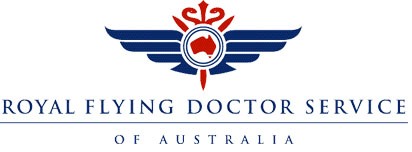TAA and the Aerial Medical Service
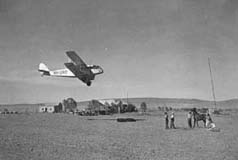
DH4 Dragon Flying Doctor Aircraft
In 1949, QANTAS handed the Queensland network to TAA, along with the two aerial medical services, in which QANTAS provided aircraft to when emergencies arose.
These were the Flying Doctor Service of Queensland, and the Northern Territory Aerial Medical Service.
It would be six years before these services would form the basis of the Flying Doctor Service of Australia, and in 1955, with Royal assent, this unique and vital service became the Royal Flying Doctor Service of Australia.
The Growth of the Australian Flying Doctor
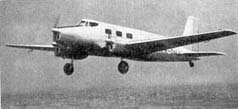
DH 104 Drover Flying Doctor Aircraft
TAA replaced all the aging aircraft used for medical services by purchasing six DH - 104 Drover 3-engine aircraft, purpose built in Sydney.
These aircraft would be based at Longreach and Katherine, Charters Towers, Charleville, and Cloncurry, allowing immediate access to patient transport should the need arise.
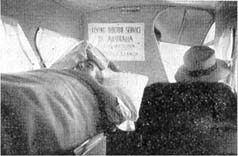
Patients were transported to the nearest hospital, and if necessary, relocated to a capital city on the regular service when the TAA DC3, fitted with a stretcher and harness arrived, or if the need dictated more urgent transportation, use these aircraft to effect the patient movement to a major hospital.
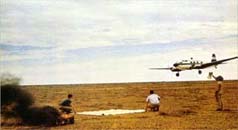
Typical of the inventiveness of the local people - This sign made of cloth and cereal sacks being held in place by rocks, tells the pilot 'to land to the west in the direction of the arrow', indicating level ground and wind direction.
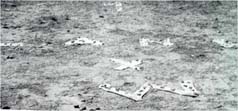
Each aircraft had a pilot and medical team, usually a doctor and nurse, and each trusted the other regarding their professional expertise, the pilot would act as stretcher bearer, when required.
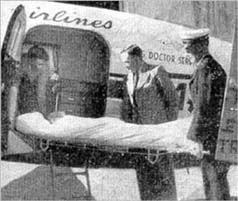
Dr Allan Vickers supervising the unloading his patient into an ambulance.
Along with the doctor there were times when a dentist would also do the rounds to provide dental service to those outback areas many many miles from any town.
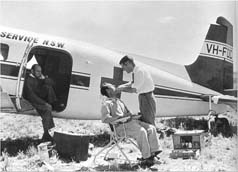
Challenging
Due to the lack of flying aids, pilots would fly by compass, map and topography, using roads, railway tracks or identifiable landmarks to reach isolated stations with unknown airstrips, and wherever possible, landing on the dirt roads if they appeared safe enough to do so.
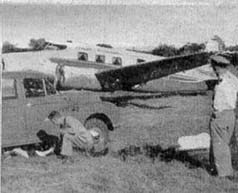
Dr Vickers makes the examination and decides that the patient needs transport.
Here a rough paddock is the landing ground, and the patient is brought to the plane by car and the doctor can provide that vital medical service.
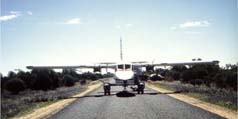
An Australian built Nomad aircraft on the road.
Later on sealed roads would be the landing strip
Jack of all trades
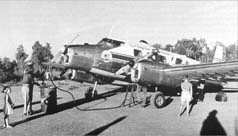
TAA pilots really were the 'Jack of all trades', acting in concert with the doctor and nurse by being the stretcher bearer when necessary, or if a routine visit was planned to an area, act as postman and deliver the mail, or as 'a mate' by purchasing items from a major store in the larger country town and delivering it on the next visit.
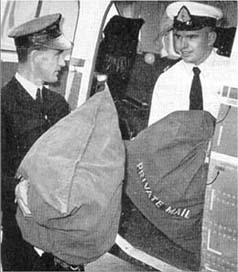
The Royal Flying Doctor Service
In 1955, and with Royal assent, it became the Royal Flying Doctor Service of Australia and TAA continued these activities until it could employ their own pilots and engineers and purchase newer aircraft.
Today the RFDS is independently run.
It is self reliant, partly subsidised by government grant, and with the assistance of the Australian People, along with organizations supporting this work.
It continues the unique service to outback and isolated areas of Australia with bases in all major capital cities and country regions, and as the population of Australia and the 'outback' grows, the need for remote 'assistance' also increases.
From a small vision of improving 'life in the outback' was created a unique service which TAA is proud to have been a part.
